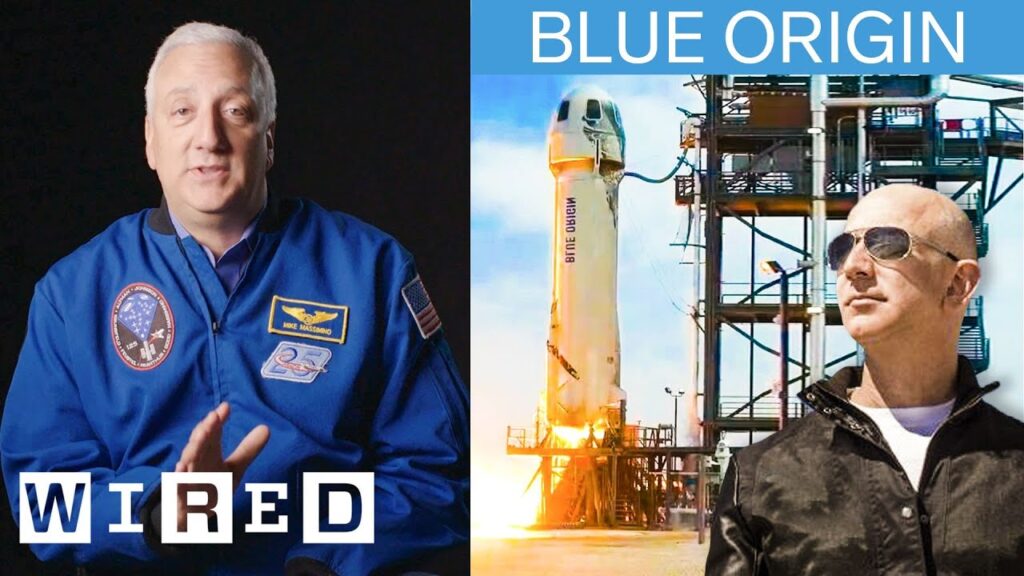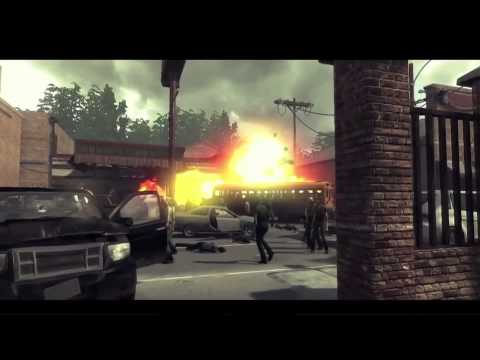Jurassic World: The Magic of Motion Capture and Animation
Summary
In this article, we explore the making of the summer blockbuster, Jurassic World, and the use of motion capture and animation to bring the dinosaurs to life. We delve into the advantages of using motion capture and how it allowed the filmmakers to achieve a level of realism that had not been seen before.
Table of Contents
- The Biggest Film of the Summer
- Motion Capture for Realism
- The Advantage of Motion Capture
- Retargeting the Motion Capture Performances
- Complex Flesh Simulations
- Conclusion
The Biggest Film of the Summer
Jurassic World, the fourth installment in the Jurassic Park franchise, was released in 2015 and quickly became the biggest film of the summer, grossing half a billion dollars in its opening weekend. The film takes us back to the world of dinosaurs, with Industrial Light and Magic (ILM) delivering both old and new creatures.
Motion Capture for Realism
To achieve a subtle and realistic performance from the dinosaurs, ILM heavily relied on motion capture technology, which is an unusual choice given the size and shape of the creatures. Motion capture is typically used to add realism to human performances, but the performance artists could not physically stand the way a dinosaur does for any length of time. However, the complexity of the motion made it an ideal choice for the film.
The Advantage of Motion Capture
The advantage of using motion capture is the ability to capture a vast amount of movement and detail that could not be achieved by traditional animation. The technology allowed ILM to create a level of realism that had not been seen before in the Jurassic Park franchise.
Retargeting the Motion Capture Performances
To achieve the realistic movements of the dinosaurs, ILM cast four people to perform as the raptors. Each person had a slightly different posture or position, and it was important to know how to retarget each performance to the right raptor. The team at ILM managed to re-target the motion capture performances to the vastly differently shaped models without losing the subtlety and high-frequency detail of the original performance.
Complex Flesh Simulations
On top of the work of the animators and motion capture artists, there was a layer of time-consuming and complex flesh simulations that gave the dinosaurs a believable movement. This was especially important for the Dominus Rex, a genetically engineered, camouflaging, 40-foot-long hybrid dinosaur hunter.
Conclusion
Jurassic World is a testament to the power of motion capture and animation technology. The filmmakers were able to create a level of realism that had not been seen before in the Jurassic Park franchise, and the use of motion capture allowed them to capture a vast amount of detail and movement that could not have been achieved through traditional animation. The film set a new standard for visual effects and will continue to inspire filmmakers for years to come.






